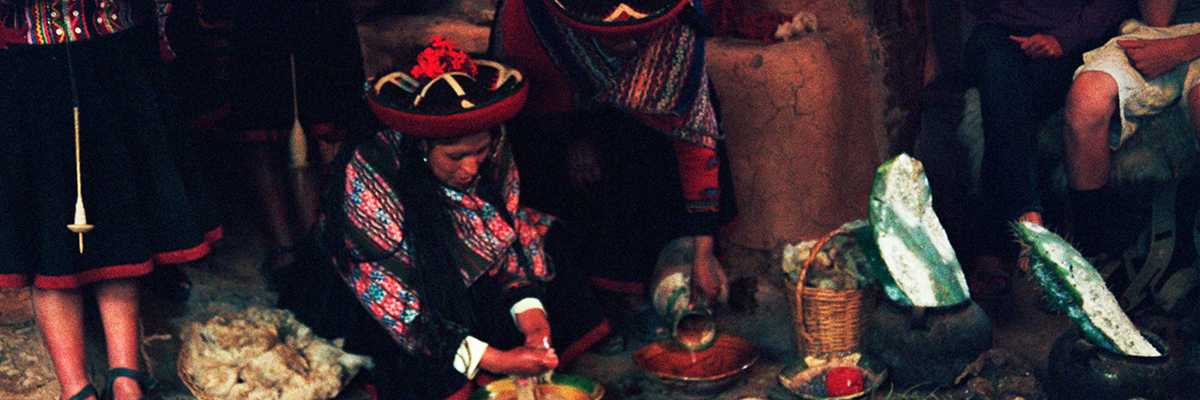Being on break from school during the holidays leaves you with a lot of time that you normally never have. What better way to spend your time than volunteering? Even though there are chances to volunteer all year round, opportunities to help others abound during the holidays. So how can you help? Here are four ways to get involved:
- Spend time at a homeless shelter. This is not very unique, but it is still a huge deal. Just because homeless shelters are always there and it is a common way to volunteer does not mean they should be ignored. So, take some friends and family, and help serve holiday meals. Then, stay at the shelter for a while! Spend some time with the people there and learn about their lives. Bring some board games and play with them. Ask them fun questions that bring up conversation, even if it is just asking what is their favorite color! Have fun and simply treat them like the people they are. It may not seem like much, but simple conversations can make a huge difference in both their lives and yours.
- Set up a care package party. Who does not love to receive a care package? For many people, care packages are the only gifts they will receive during the holidays. The more care packages that are sent or donated, the more that there are smiles are spread. So, for a fun holiday volunteer idea, invite some friends and family over for a packing party to put together little gifts! Decide for whom you want to create care packages. Think about putting together boxes for military individuals who are away from home during the holidays. Or donate packages to some loving organizations, like Operation Christmas Child. They send them to children who often receive nothing during the holidays. Children (and adults) in hospitals is another group who would appreciate a thoughtful package during a difficult time. After you have decided who you want to pack for, find some fun items. Create lists, and go as groups to a store to shop scavenger-hunt style! Then, gather together and pack the boxes. Fill them with fun items, handwritten notes, baked goods, etc. Have fun while packing! Put on some music, and have everyone bring some food to share. Then send out the packages or donate them to places that will put them in the right hands. You might like doing a packing party so much that it could become your new holiday tradition!
- Volunteer at an animal shelter. If you have a soft spot for our furry friends, spend some time with them during this holiday season! Many shoppers want a four-legged pal for Christmas. You can make a difference this season by advocating for pet adoption. Rather than going out and buying a pet in a store, encourage people to adopt. Help take care of the animals and show love to the ones who often get overlooked. You can help brighten the holidays for both people and animals by bringing them together for a forever home!
- Visit a nursing home. Many seniors often spend holidays alone. They have no one willing or able to visit them. No one should have to spend holidays by themselves. However, you can cheer up elderly people just by being their friend! Spend some time this holiday season by volunteering at a nursing home. Get to know a few of the seniors there and ask about their life experiences. Ask them to tell you stories, or you can tell them one! If possible, do a holiday tradition with them that they love. Do you have a special talent, like playing an instrument or drawing? Show off for them! Older friends often love to see what you like to do. Simply having fun and being a friend can make a difference this season.
So maybe these ideas for volunteering do not seem extraordinary. That’s okay! Just because these are “regular” ways to volunteer do not make them any less important. Whether it is putting some love into a small package or being a friend to someone, your time and generosity can make the holidays even more special. And when the holidays are over, consider traveling cross-culturally to volunteer! You can be a bright spot in someone’s life locally and abroad, and your life will be impacted, too. Happy holidays!
Contributed by Addie Davis





